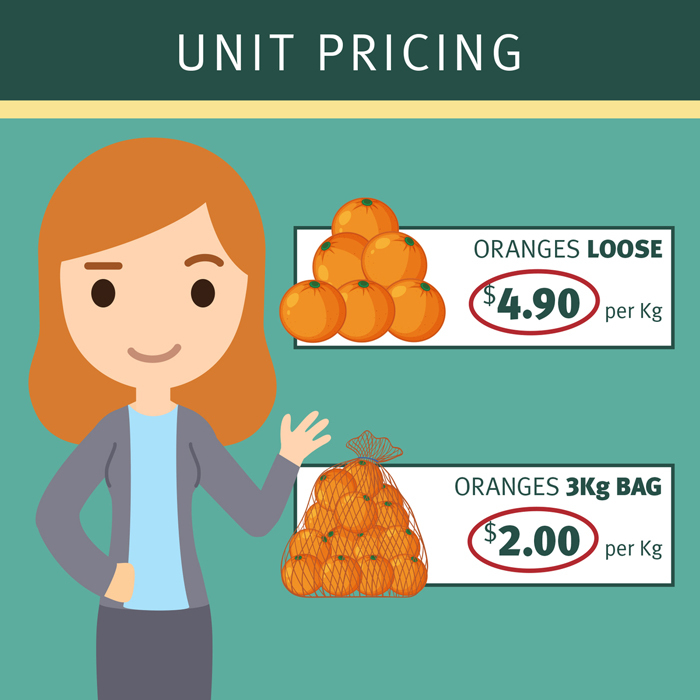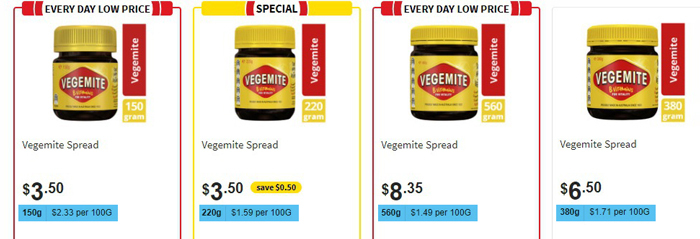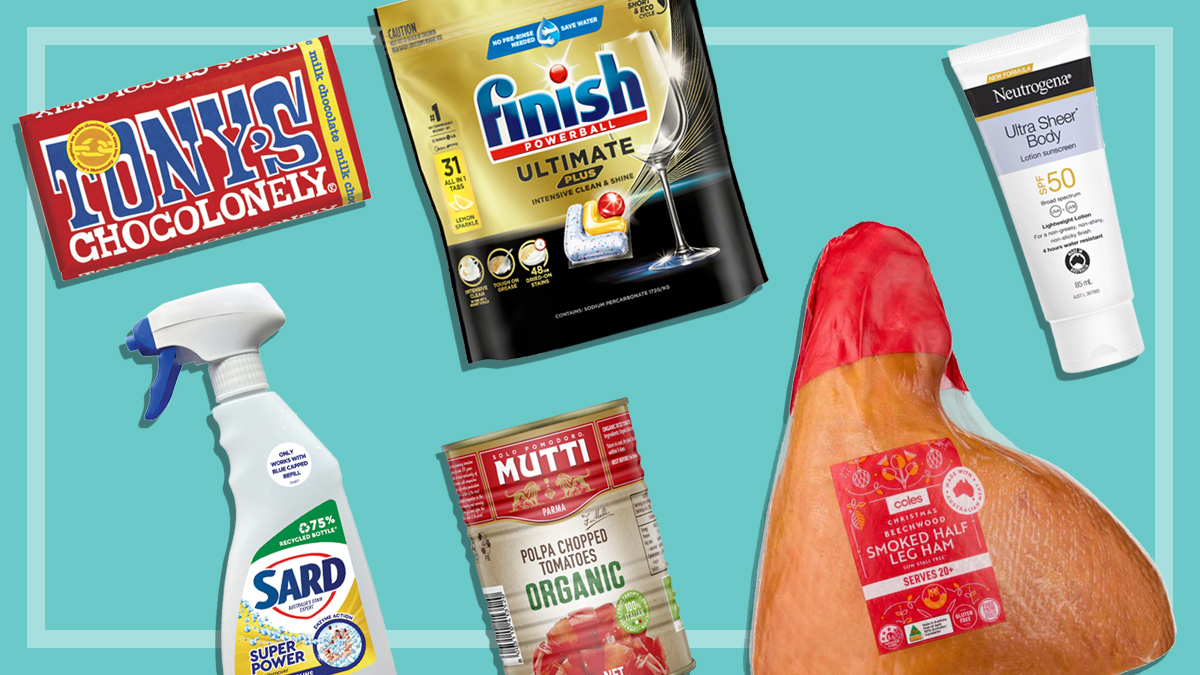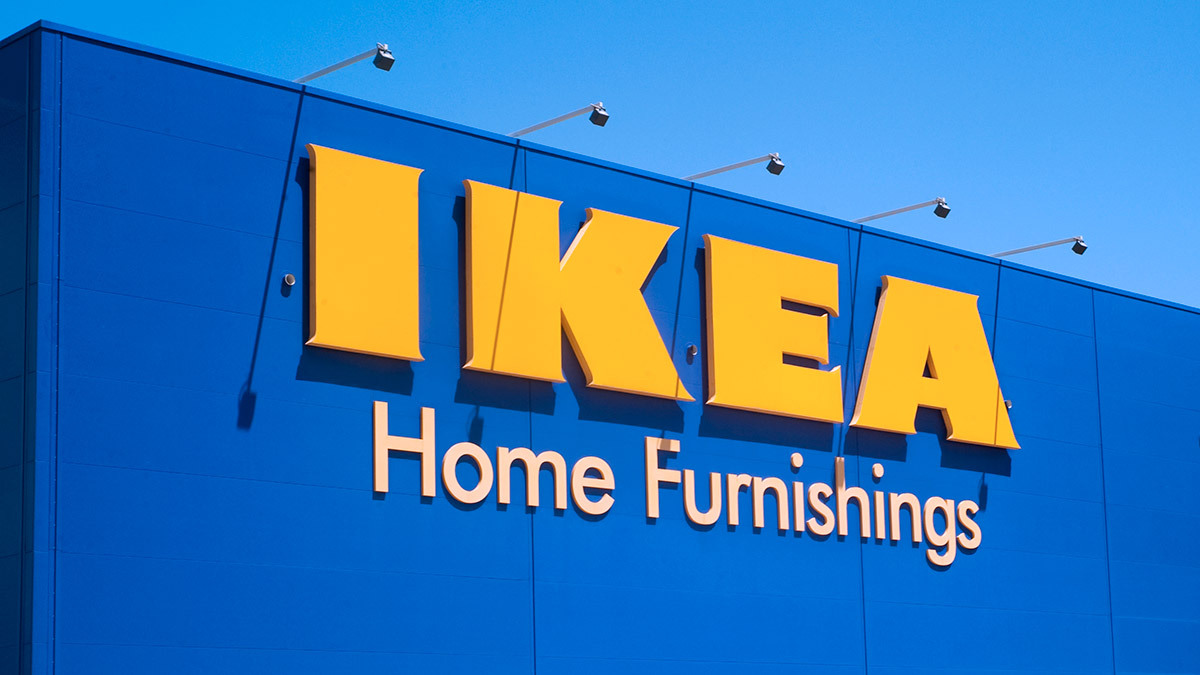Get our independent lab tests, expert reviews and honest advice.
Save money on groceries: how unit pricing can help

All across Australia, budgets are tight and prices for almost everything seem to be continuously on the rise. We know that the cost of food and groceries is a major concern for many right now (in a recent CHOICE Consumer Pulse survey, 63% of respondents highlighted it as a worry) and that lots of us are looking for ways to save on household expenses.
One thing that can help you make serious savings is to take note of unit pricing when you’re shopping, either instore or online. A comparison by the Queensland Consumers Association in 2021 found you could pay up to 42% less – not far off half price – simply by choosing a different pack size of the same product.
What is unit pricing?
Large grocery stores and some online grocery retailers must display the unit price of packaged foods, such as breakfast cereal, flour and rice, and of other grocery products, such as toilet paper and detergents.
When shopping online or instore, you can clearly see prices for each product on the shelf label or below the product image. Look closer and you’ll also see a ‘unit price’. This gives the price of the product based on a standard unit of measurement.
The unit price lets you compare the price of the product like for like, with different brands or other products, to find out which is the cheapest option
For example, a 2kg packet of rice may be $4.80, but its unit price will be listed in smaller writing on the label as 24c per 100g. The unit price lets you compare the price of the product like for like, with different brands or other products, to find out which is the cheapest option.
You might find another brand of rice that seems cheaper at $3 for 1kg, but look at the unit price (30c per 100g) and it’s a quick, simple way to see that the 2kg packet gives you a cheaper deal.

Comparing costs of common products
You can use unit pricing to help you compare different brands, product types or pack sizes. For example, you might check and see a 500g box of traditional rolled oats for $4.25, with a unit price of $0.85 per 100g. You could compare that with a pack of rolled oats sachets for $4.80, with a unit price of $1.41 per 100g.
Sure, you may choose the sachets because you prefer to buy your oats that way. But at least you’ll be aware that you’re buying the more expensive option.
Looking at unit prices is also a good way to compare prices of products on special with normal prices to determine whether you’re actually getting a better deal or not.
How to get a better deal
Use unit pricing to get better value for money by comparing:
- different package sizes and package types
- different brands
- special and normal prices
- packaged and loose – such as spinach
- fresh, frozen, dried or canned – such as peas
- similar and substitute products – such as types of rice
- different convenience levels – such as cheese in blocks, wedges, slices, sticks; or grated or diced
- different grocery retailers, including online stores
- unit prices in different parts of the supermarket. The same product may be sold in different sections – for example, cheese, meats, seafood, nuts, fruit and vegetables.
What’s the cheapest way to buy Vegemite?
We used unit prices to do a quick price check and work out the most economical way to buy Australia’s favourite spread, Vegemite.
Vegemite is available in various jar sizes and packet types, depending on where you shop.
Although we found that prices are almost identical between retailers (except when it’s on special), using unit prices is a useful way to compare which pack size or type offers the best value and if specials are really a good deal.
Using unit prices is a useful way to compare which pack size or type offers the best value and if specials are really a good deal
The cheapest option at the time of writing is the 380g jar at IGA, which is currently on special for $5 – with the unit price updated as $1.32/100g to reflect the special price.
If no specials are on offer, the cheapest way to buy Vegemite is in a 560g jar, which is the biggest jar size available and priced the same at Coles, Woolworths and IGA.

The price of Vegemite at Coles
$3.50 for 150g ($2.33 per 100g)
$3.50 for 220g ($1.59 per 100g) – product on special as of 14/03/2022, was $4 for 220g ($1.82 per 100g)
$6.50 for 380g ($1.72 per 100g)
$8.35 for 560g ($1.49 per 100g)
$4.50 for 200g Vegemite Squeeze bottle ($2.25 per 100g)
$7 for 350g for Vegemite Squeeze bottle ($2 per 100g)
The price of Vegemite at Woolworths
$3.50 for 150g ($2.33 per 100g)
$5 for 280g ($1.79 per 100g)
$6.50 for 380g ($1.72 per 100g)
$8.35 for 560g ($1.49 per 100g)
$4.50 for 200g Vegemite Squeeze bottle ($2.25 per 100g)
$7 for 350g for Vegemite Squeeze bottle ($2 per 100g)
The price of Vegemite at Aldi
$5.99 for 370g ($1.62 per 100g)
The price of Vegemite at IGA
$3.50 for 150g ($2.33 per 100g)
$5 for 380g ($1.32 per 100g) – product on special as of 14/03/2022, was $6.50 for 380g ($1.72 per 100g)
$8.35 for 560g ($1.49 per 100g)
$4.50 for 200g Vegemite Squeeze bottle ($2.25 per 100g)
$7 for 350g for Vegemite Squeeze bottle ($2 per 100g)
Go large
As we found with Vegemite, the unit price of large packs is often lower than small or medium-sized packs. So buying products in the larger pack size or in bulk can be a great way to save money if you have the storage space in your pantry or garage perhaps.
But avoid buying a bigger pack if it’s likely to go to waste, as it will end up being more wasted cash.





